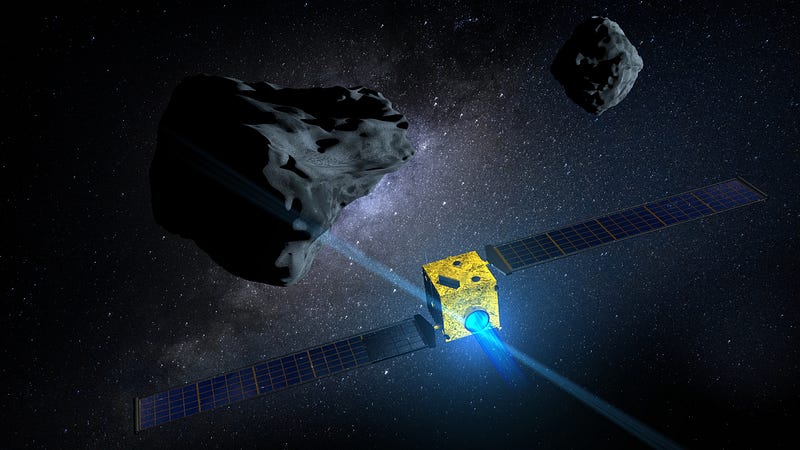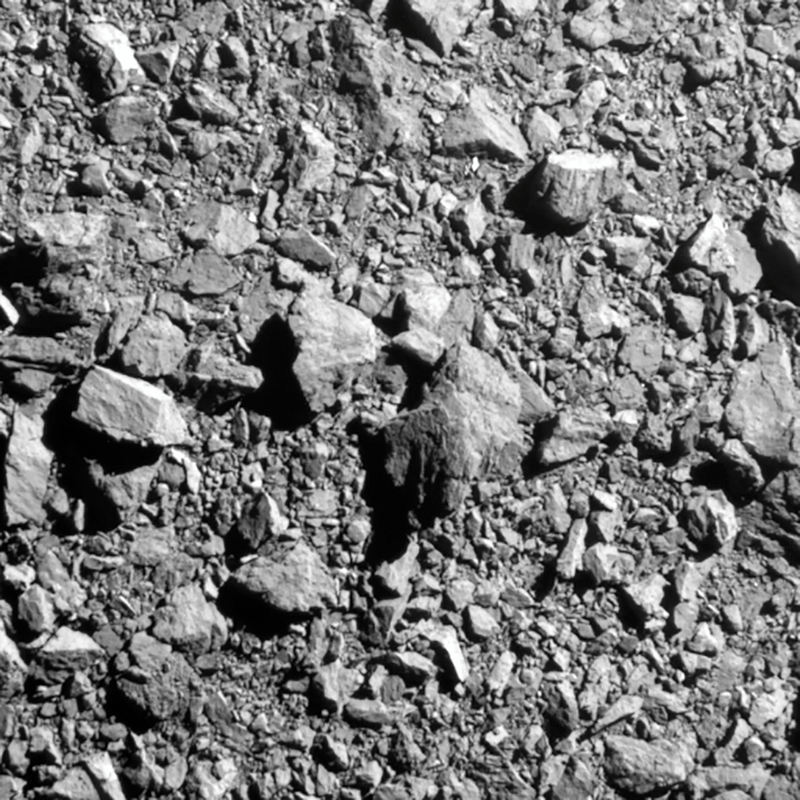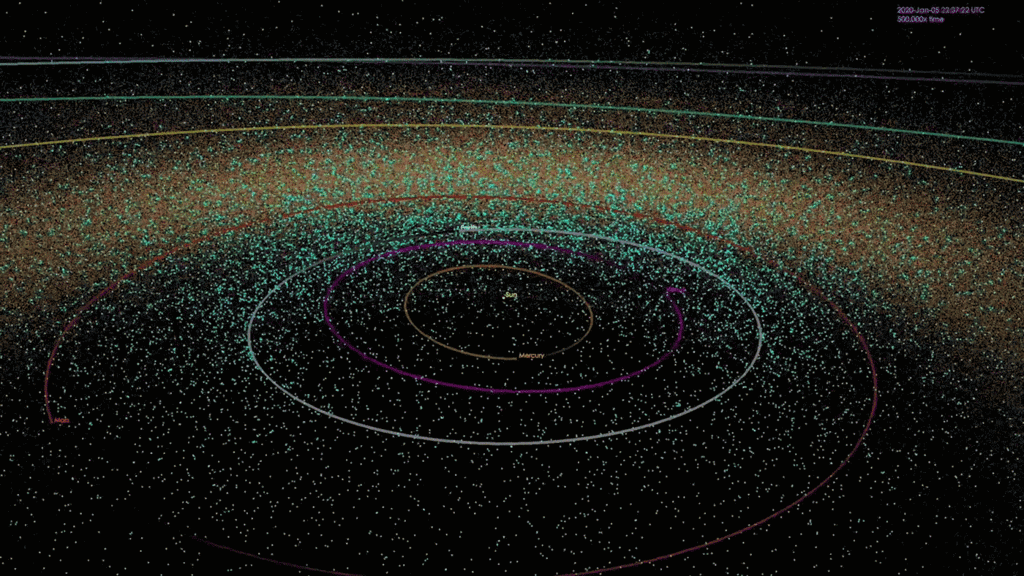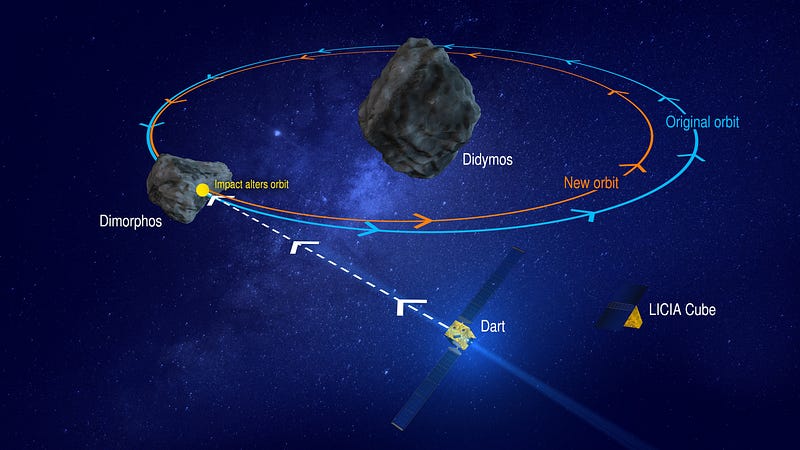NASA's DART Mission: A Groundbreaking Attempt to Deflect Asteroids
Written on
Understanding Planetary Defense
In cinematic portrayals such as Deep Impact and Armageddon, scientists opt for nuclear solutions to eliminate threatening asteroids. However, real experts in planetary defense advocate for a gentler approach: a slight nudge to change an asteroid's path before it reaches Earth. This principle was tested by NASA through the DART (Double Asteroid Redirection Test) mission, a culmination of a seven-year project.
The DART spacecraft was launched in November 2021 and spent ten months traveling through space, ultimately colliding with its target asteroid, Dimorphos, on September 26, 2022. This event marks humanity's inaugural effort to manipulate an asteroid's trajectory, representing a significant milestone in planetary defense technology. The mission control team at Johns Hopkins Applied Physics Laboratory confirmed the successful impact at 7:14 PM EDT.

Targeting Dimorphos
DART's target, Dimorphos, is a relatively small asteroid, measuring around 530 feet (160 meters) in diameter. It orbits a larger asteroid named Didymos, which is significantly larger at 2,560 feet (780 meters). Importantly, neither of these asteroids posed any threat to Earth, a fact that NASA has consistently emphasized in updates regarding the mission.
Despite this, a viral post claimed, "NASA just blocked a whole asteroid from hitting the Earth," garnering over 3,000 shares within 20 hours. It's crucial to clarify that neither Dimorphos nor Didymos was on a collision course with our planet.
The mission aimed to determine if NASA could effectively steer a spacecraft into an asteroid to alter its trajectory through a technique known as kinetic impact. Nancy Chabot, the DART coordination lead, compared the collision to "bumping a golf cart into the Great Pyramid," suggesting that even a minor adjustment in the asteroid's velocity could suffice to change its path.

Ongoing Observations
An investigation team is set to monitor both asteroids, located approximately 7 million miles (11 million kilometers) from Earth, using ground-based telescopes across all continents and the James Webb Space Telescope. Researchers anticipate that the impact will shorten Dimorphos's orbit by about 1%, changing it from 11 hours and 55 minutes to 11 hours and 45 minutes. Follow-up studies will evaluate whether kinetic impact is a viable method for asteroid deflection.
Fifteen days prior to the impact, a companion spacecraft, LICIACube (Light Italian CubeSat for Imaging Asteroids), released from DART to capture images of the collision and the material ejected from the asteroid. The combination of LICIACube's and DRACO's images will help researchers assess the effectiveness of the kinetic impact approach.

NASA's Planetary Defense Initiatives
This mission is part of NASA's Planetary Defense program, which is dedicated to identifying and tracking near-Earth objects (NEOs)—asteroids that have orbits that bring them close to Earth. The program focuses particularly on potentially hazardous objects (PHOs), which are a subset of NEOs that come within 5 million miles (8 million kilometers) of Earth's orbit and are large enough to cause significant damage. The initiative also explores strategies to mitigate potential impacts from PHOs.
DART represents a vital advancement in humanity's efforts to shield Earth from catastrophic asteroid impacts. NASA monitors a variety of space rocks, especially those capable of causing extinction-level events. Fortunately, none of the known asteroids currently pose a threat to our planet.

Future Prospects
However, many hazardous asteroids may remain undetected. To address this, the Planetary Defense initiative plans to launch the Near-Earth Object Surveyor (NEO Surveyor), possibly between 2026 and 2028. This infrared telescope aims to discover and characterize NEOs that approach within 30 million miles (48 million kilometers) of Earth's orbit, potentially accelerating the identification of unknown hazardous asteroids.
Such a telescope could provide early warnings—ranging from years to centuries—about any asteroids on a collision trajectory with Earth, allowing sufficient time to devise and implement solutions, whether through a kinetic impactor like DART or alternative methods.
In our quest to explore the cosmos, we are simultaneously developing strategies to safeguard our home planet. This collaboration transforms science fiction into reality, demonstrating a potential method to avert a natural disaster that could threaten humanity.
Watch the impact video here:
The first video highlights NASA's DART mission as it successfully impacts an asteroid to test planetary defense strategies.
Watch the follow-up coverage here:
The second video from BBC News discusses the successful collision of NASA's DART spacecraft with an asteroid, providing insights into the mission's significance.
If you enjoyed this article, you may also like:
- James Webb Space Telescope Directly Images an Exoplanet for the First Time
- Earth 2.0: China’s Mission to Determine if We Are Alone in the Universe
- Want to Make Contact with Aliens? Here’s How to Do It, According to Science
